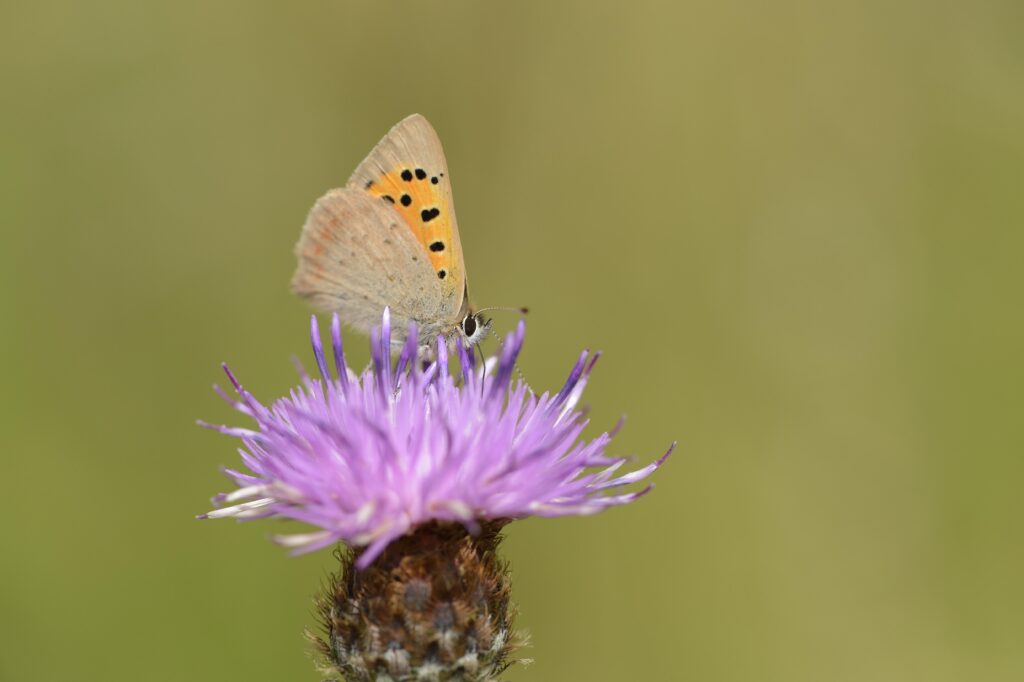OVER the last four decades, there has been a 35% increase in the number of butterflies across Scotland – but not all species are safe.
Small copper, grayling and small tortoiseshell butterflies are showing significant declines, according to a new report from NatureScot.
With the small copper butterfly population almost halving in numbers, climate change and habitat loss are to blame.

Out of the 20 species analysed, nine have increased significantly and three have decreased. The remaining eight show no significant change.
Simon Foster, NatureScot Trends and Indicators Analyst said: “When we look at individual species, however, there are some that are clearly struggling, such as the small copper and grayling butterflies.
“Habitat and food loss appear to be major factors in their declines so we’re working hard to support them”.
He added: “Gardens are becoming an increasingly important habitat for butterflies like the small copper, and wildlife-friendly gardening could counteract a more general decline in urban butterflies.”
Population changes are also affected by fragmentation, pesticides, and pollution.
Farmers across Scotland are setting up nature-friendly practices to protect butterflies, such as unsprayed field margins, which benefits butterflies and other insects.
Simon adds: “We can all do something to help Scotland’s butterflies. If you would like to help, one idea is to get involved in butterfly monitoring.
“It’s easy, fun and can help us improve our knowledge of what is happening where, giving us the best chance of targeting conservation measures most effectively.”